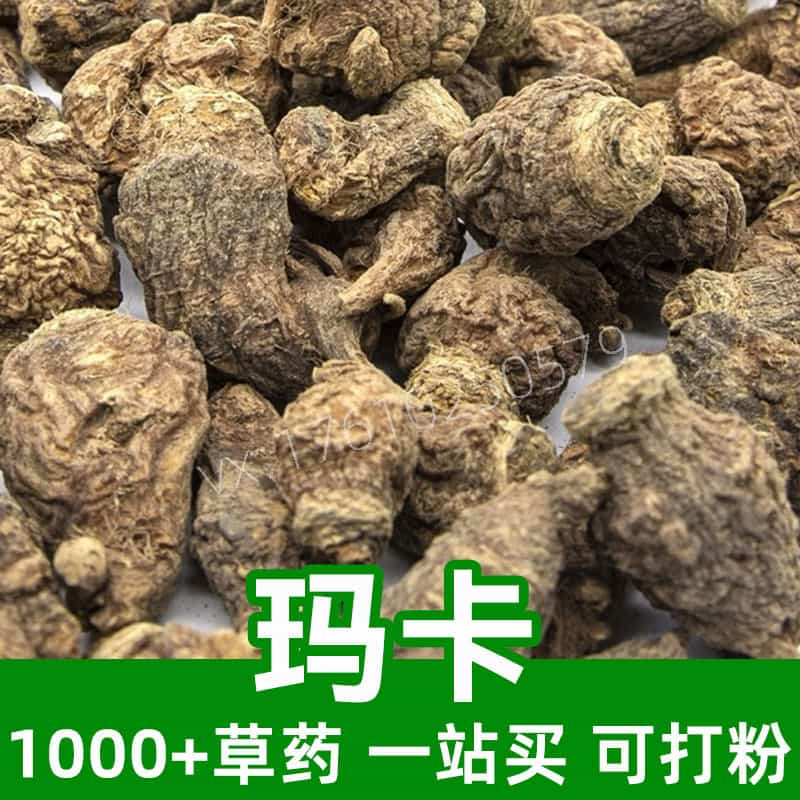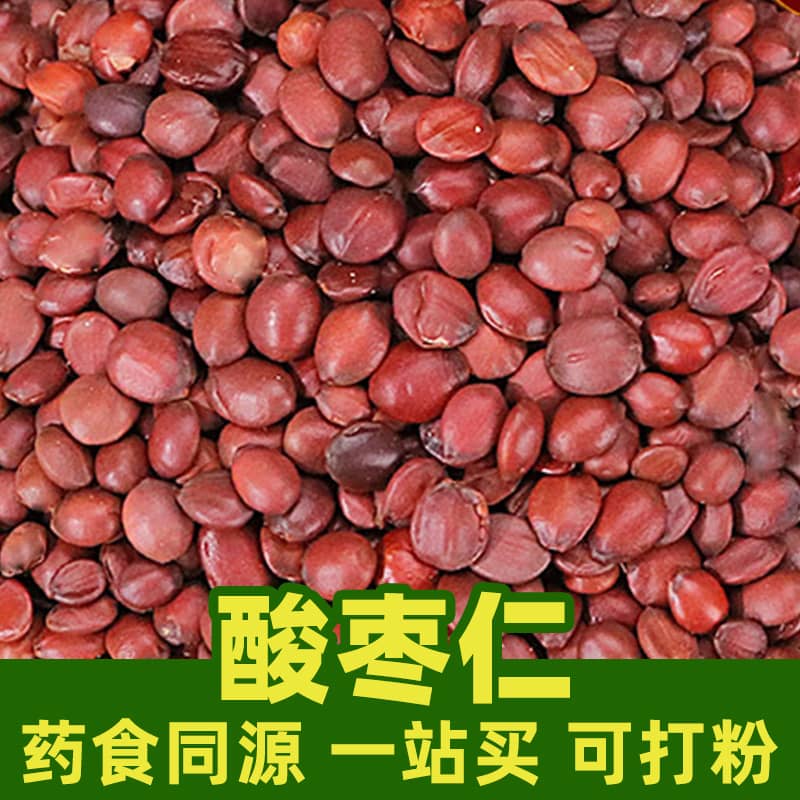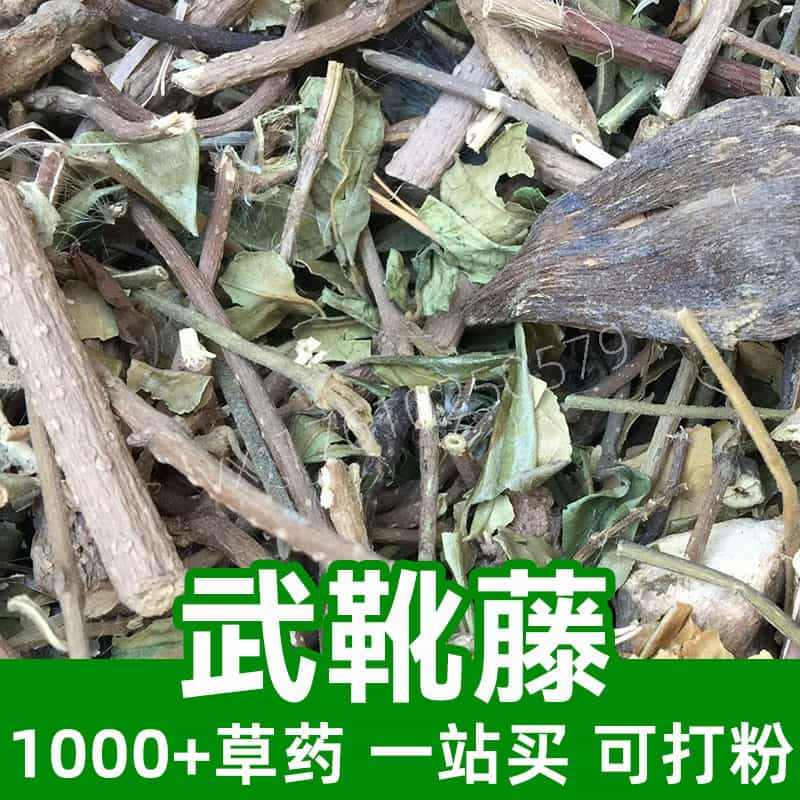Product Introduction
Ephedra, also known as Ma Huang (麻黄), has been a vital herb in Traditional Chinese Medicine for thousands of years. This aromatic shrub belongs to the Ephedraceae family and can grow between 0.5 to 1 meter in height, featuring slender, needle-like leaves. Ephedra species thrive in arid and mountainous regions, especially in Central Asia, where variations of this herb have been utilized for their purported health benefits.
The primary active compounds in Ephedra include ephedrine and pseudoephedrine, which are known for their stimulating effects on the central nervous system. This herb is historically recognized for its role in promoting sweating, easing respiratory conditions, and enhancing physical endurance. Ephedra has a slightly bitter and spicy flavor profile, making it suitable for decoctions and herbal formulations.
In TCM, Ephedra is primarily associated with the Lung and Urinary Bladder meridians. Its uses extend beyond mere respiratory support; it is employed in concoctions aimed at treating colds, flu, and other ailments characterized by symptoms like chills and fever. As modern interest in natural dietary supplements rises, Ephedra continues to be a focal point of discussion regarding its applications in herbal practices.
Main Active Ingredients
The main active ingredients of Ephedra include two key alkaloids: ephedrine and pseudoephedrine. Both of these compounds exhibit a significant pharmacological profile, largely impacting the body’s sympathetic nervous system.
Ephedrine
Ephedrine is a powerful central nervous system stimulant, known for its ability to increase heart rate and improve respiratory function. It acts by stimulating adrenergic receptors, which can lead to bronchodilation, making it particularly useful for individuals who experience difficulty breathing during asthma attacks or bronchospasm.
Pseudoephedrine
Pseudoephedrine, while chemically related to ephedrine, is primarily utilized as a decongestant. It is often found in a variety of over-the-counter medications aimed at relieving nasal congestion associated with colds or allergies.
Additional Compounds
In addition to these two primary alkaloids, Ephedra contains a range of other constituents, including flavonoids, essential oils, amino acids, and trace minerals. Flavonoids within the plant may contribute to its antioxidant properties, potentially aiding in the protection of cells from oxidative stress.
The combination of these active ingredients allows Ephedra to play a multifaceted role within herbal formulations, acting not only as a stimulant but also as a mild diuretic. Understanding these components and their interactions within the body is critical in both TCM practice and modern herbal supplementation, guiding practitioners and users in appropriate applications.
Product Application Scenarios, Usage, and Dosage
In Traditional Chinese Medicine, Ephedra is utilized in various herbal preparations primarily designed to release the exterior and dispel wind-cold. The herb is particularly effective in treating colds and flu-like symptoms characterized by a combination of chills, fever, and congested lungs.
Usage
Ephedra is commonly included in classical formulations such as Ma Huang Tang (麻黄汤), which is employed to treat symptoms of the common cold. The herb is typically used alongside other supportive ingredients such as Apricot Seed (Xing Ren) and Cinnamon Twig (Gui Zhi) to enhance its effects and balance its properties.
Dosage
When considering dosage, it is essential to adhere to experienced guidance. Typically, the dosage of dried Ephedra can range from 3 to 9 grams when prepared as a decoction or infusion. It is crucial to note that due to its stimulant nature, individuals should avoid excessive intake. Additionally, prolonged use is discouraged without professional supervision, as it may lead to side effects such as increased heart rate or hypertension.
Safety and Precautions
Persons with pre-existing health conditions like hypertension, heart disease, or those who are pregnant should exercise caution and consult healthcare professionals before using Ephedra. Furthermore, combining it with other stimulants or certain medications may lead to adverse reactions, making a thorough understanding of individual health conditions essential for safe usage.
In summary, while Ephedra offers potential benefits in TCM, its applications must be approached with care and respect for its potency and pharmacological effects.
Introduction to the Source Plant, Distribution, and Growth Environment
Ephedra is derived from several species belonging to the Ephedra genus, with the most commonly used being Ephedra sinica, Ephedra equisetina, and Ephedra intermedia. These species are typically found in arid or semi-arid regions, preferring well-drained soils in environments like sandy plains and rocky hillocks.
Distribution
The main geographical distribution of Ephedra spans Central and East Asia, particularly in countries such as China, Mongolia, and parts of Russia. Historically, it has also been present in regions like the Mediterranean and South America, expanding its traditional uses in various herbal practices globally.
Growth Environment
Ephedra thrives in harsh conditions, characterized by high elevations and extreme temperature variations. These shrubs are drought-resistant and often flourish in environments with low nutrient availability, indicating their adaptability to challenging habitats.
Additionally, the ecological significance of Ephedra plants extends to their role in stabilizing sandy soils, and they are often intertwined within the native vegetation of their habitats. The cultivation of Ephedra requires careful management; while wild harvesting exists, a sustainable approach to cultivation ensures the preservation of the species and its benefits to both traditional and modern herbalists.
Harvesting, Processing, and Storage
Harvesting
The harvesting of Ephedra is typically conducted during the plant's flowering season when the alkaloid content is at its peak. This generally occurs in late spring to early summer. Skilled harvesters cautiously gather the stems and young branches to minimize damage to the plant.
Processing
Once harvested, Ephedra requires swift processing. The collected plant material is usually air-dried or shade-dried to retain its active compounds. This drying process must be executed carefully to avoid exposure to excessive heat or moisture, which can degrade the herb's alkaloids and diminish its efficacy.
In some practices, the dried stems are cut into smaller pieces to facilitate easier usage in herbal preparations. Furthermore, standardizing these pieces ensures consistency in dosages for practitioners and consumers.
Storage
Proper storage of dried Ephedra is crucial to maintaining its potency. Ideal storage conditions include cool, dry environments protected from light, ideally in tightly sealed containers to prevent moisture intrusion. Glass jars or vacuum-sealed packaging can help keep the herb fresh and prolong its shelf life.
In conclusion, when handled with care from harvest through processing and storage, Ephedra retains its valuable properties, ensuring its effectiveness in traditional applications and modern herbal practices.
Monica Sun is a seasoned expert in the natural raw materials industry, with over a decade of experience specializing in traditional Chinese medicinal herbs, spices, and fungi. She is skilled in the sourcing, processing, and application of these materials, emphasizing sustainability and innovation. Monica Sun has contributed to the development of high-quality natural raw materials that serve as essential components in functional foods, pharmaceuticals, and cosmetics, delivering tailored solutions to meet diverse market needs.
















